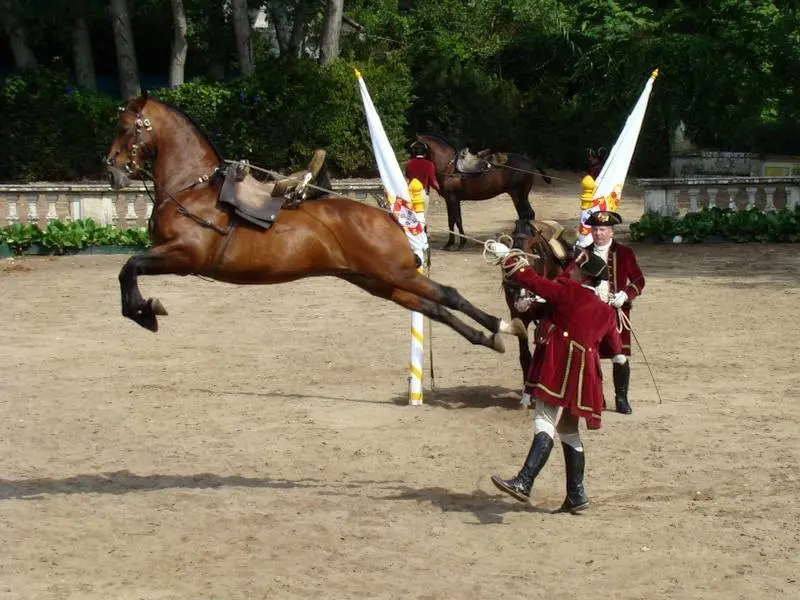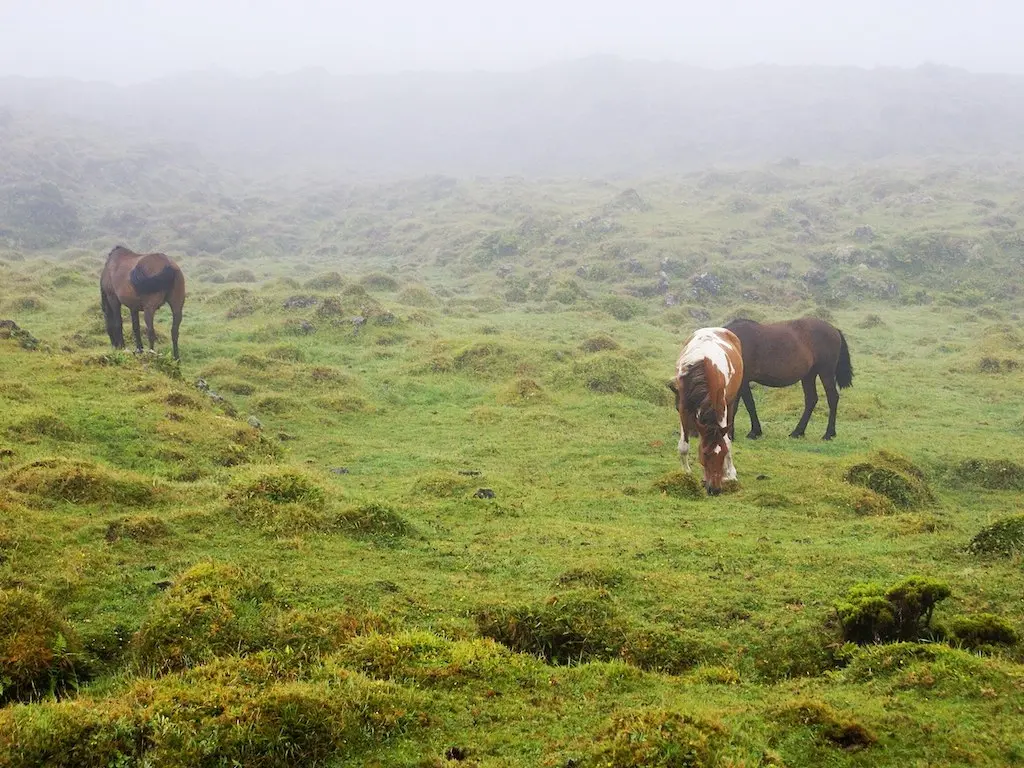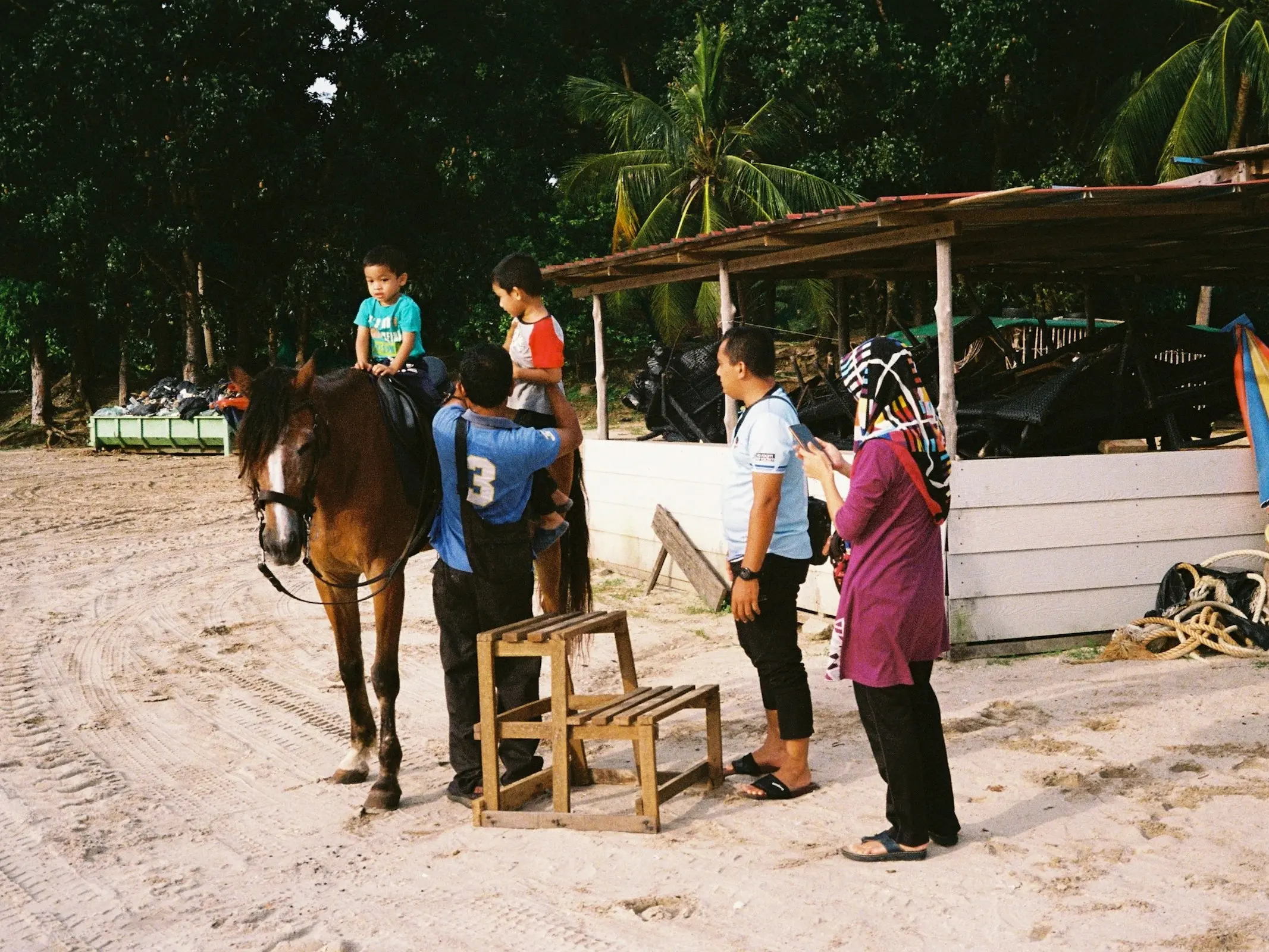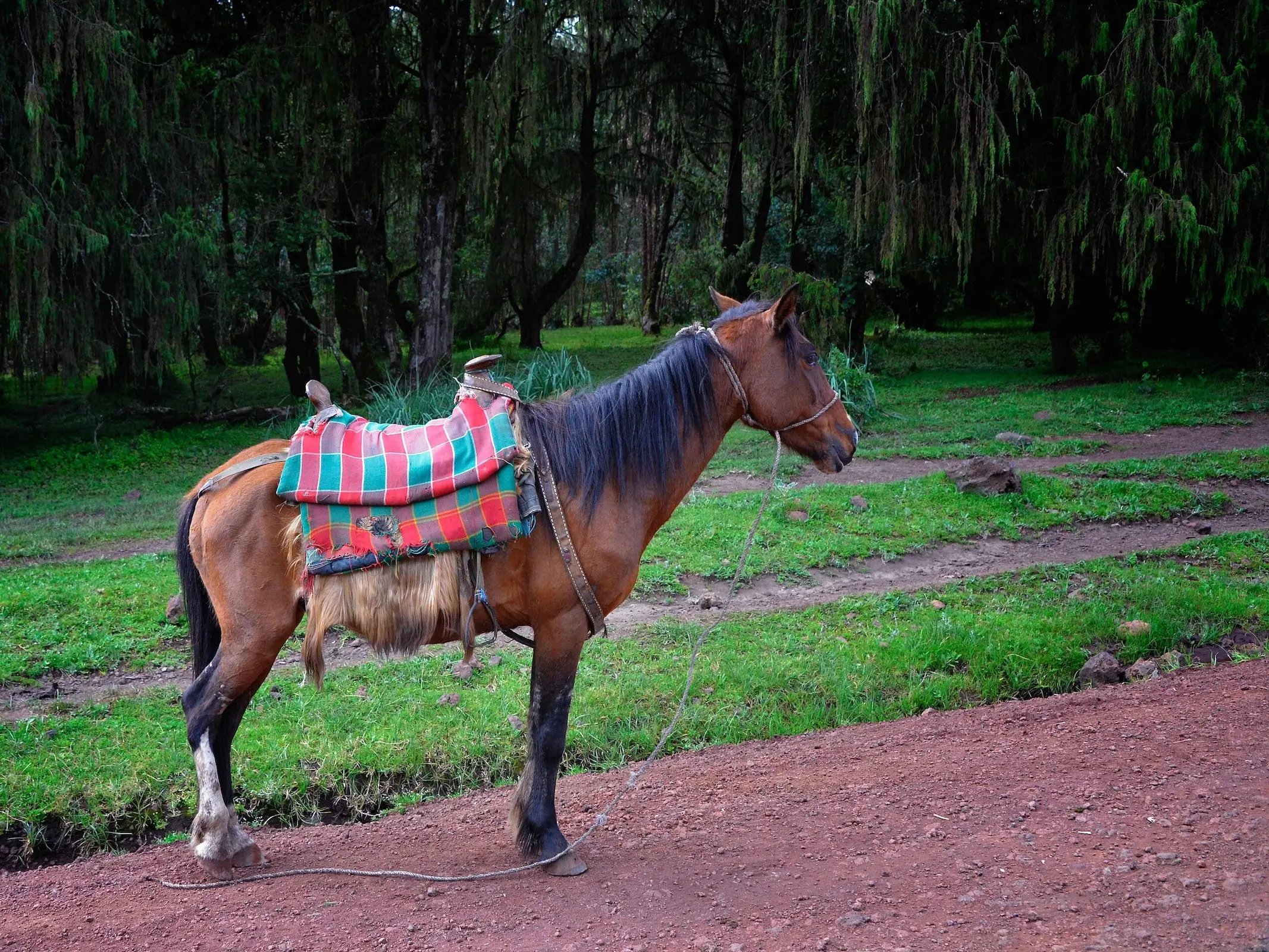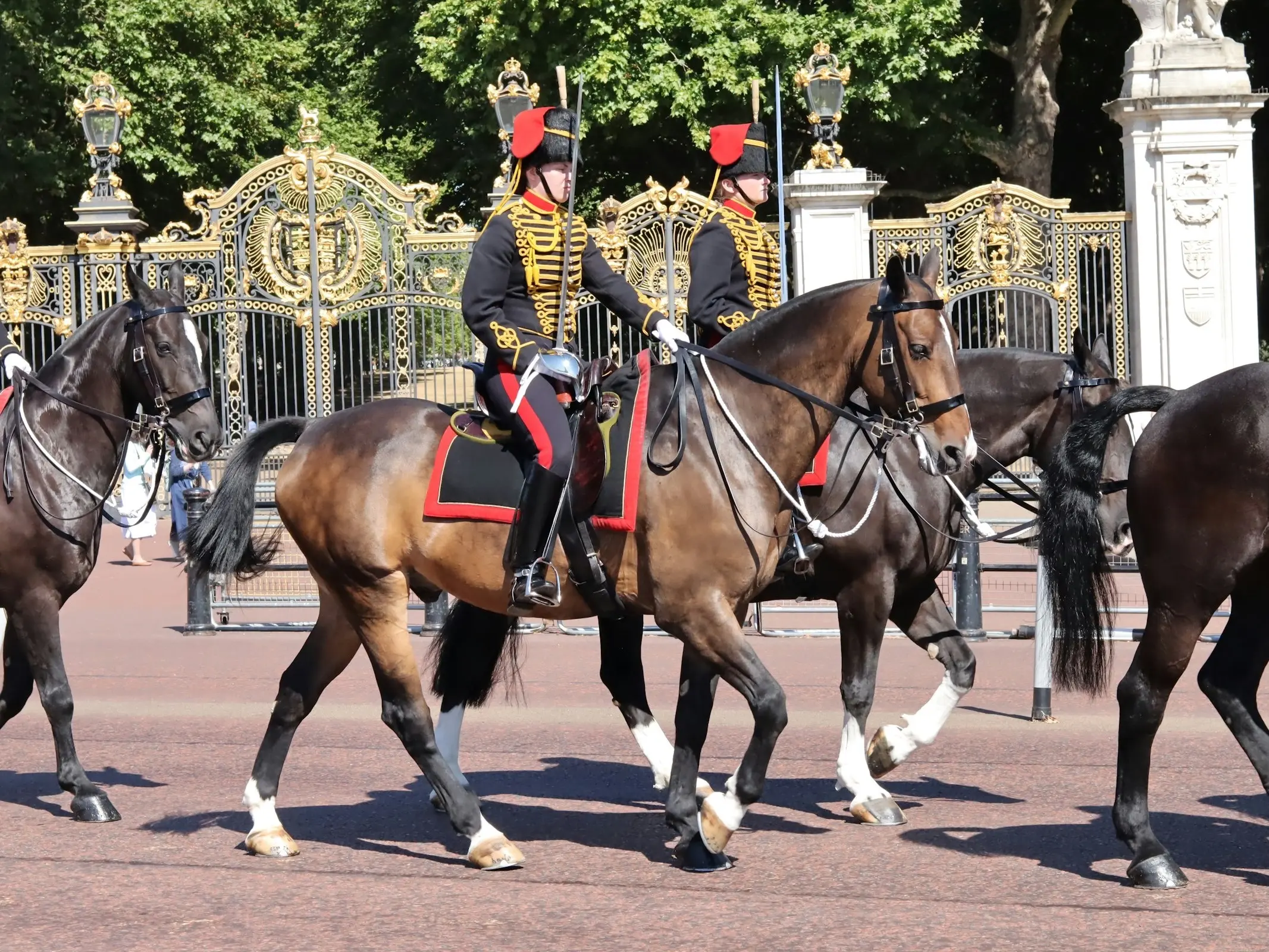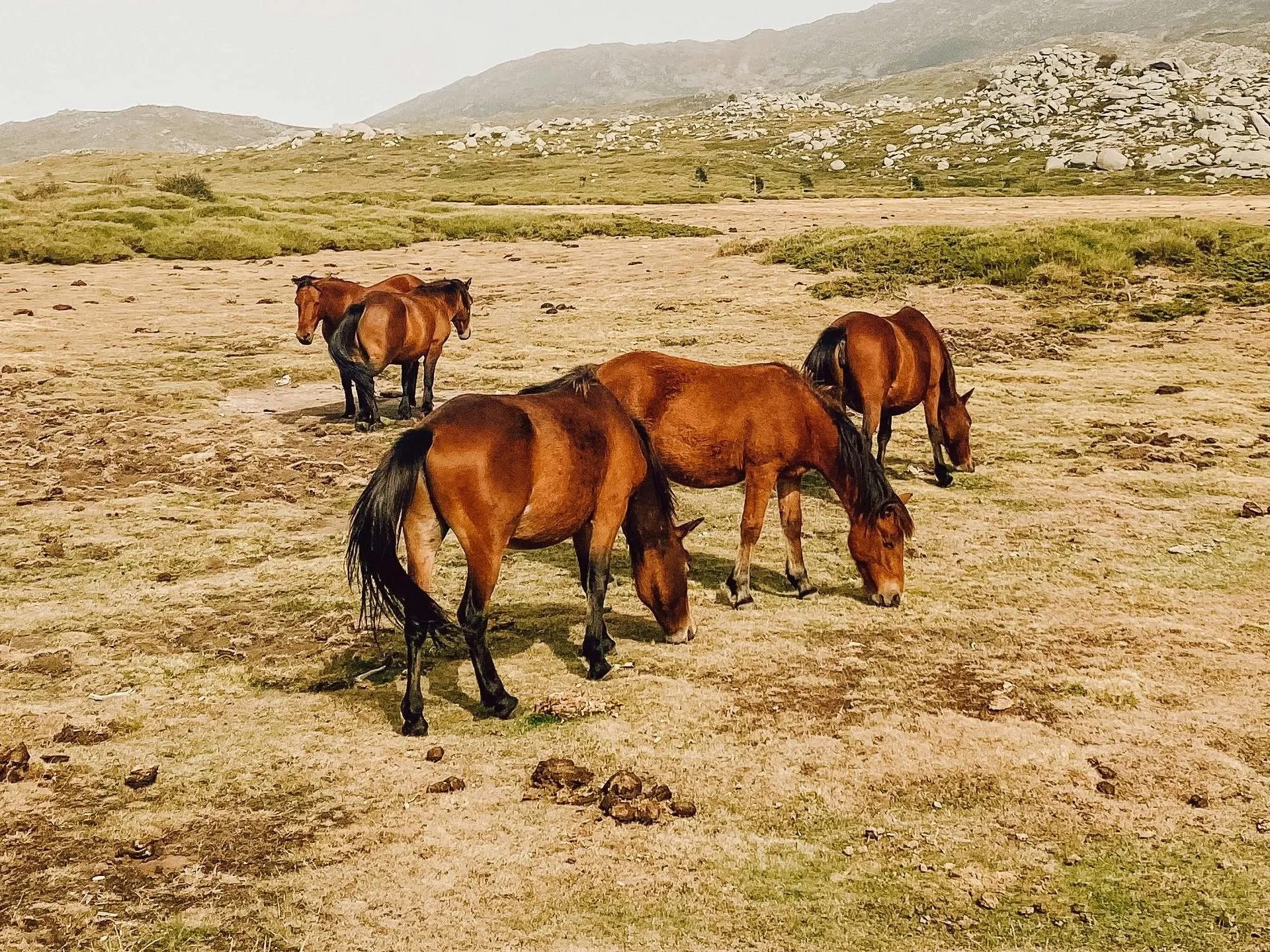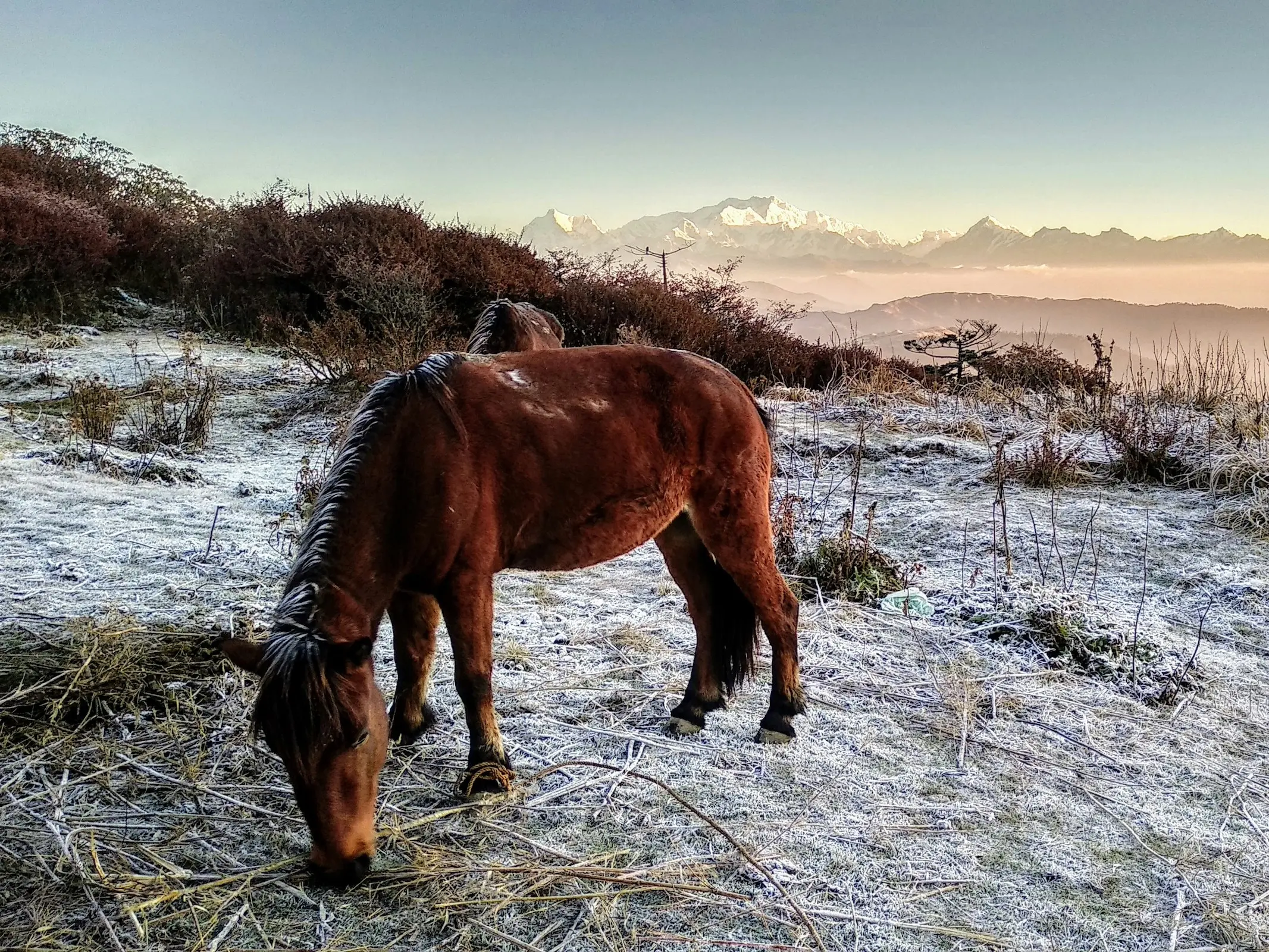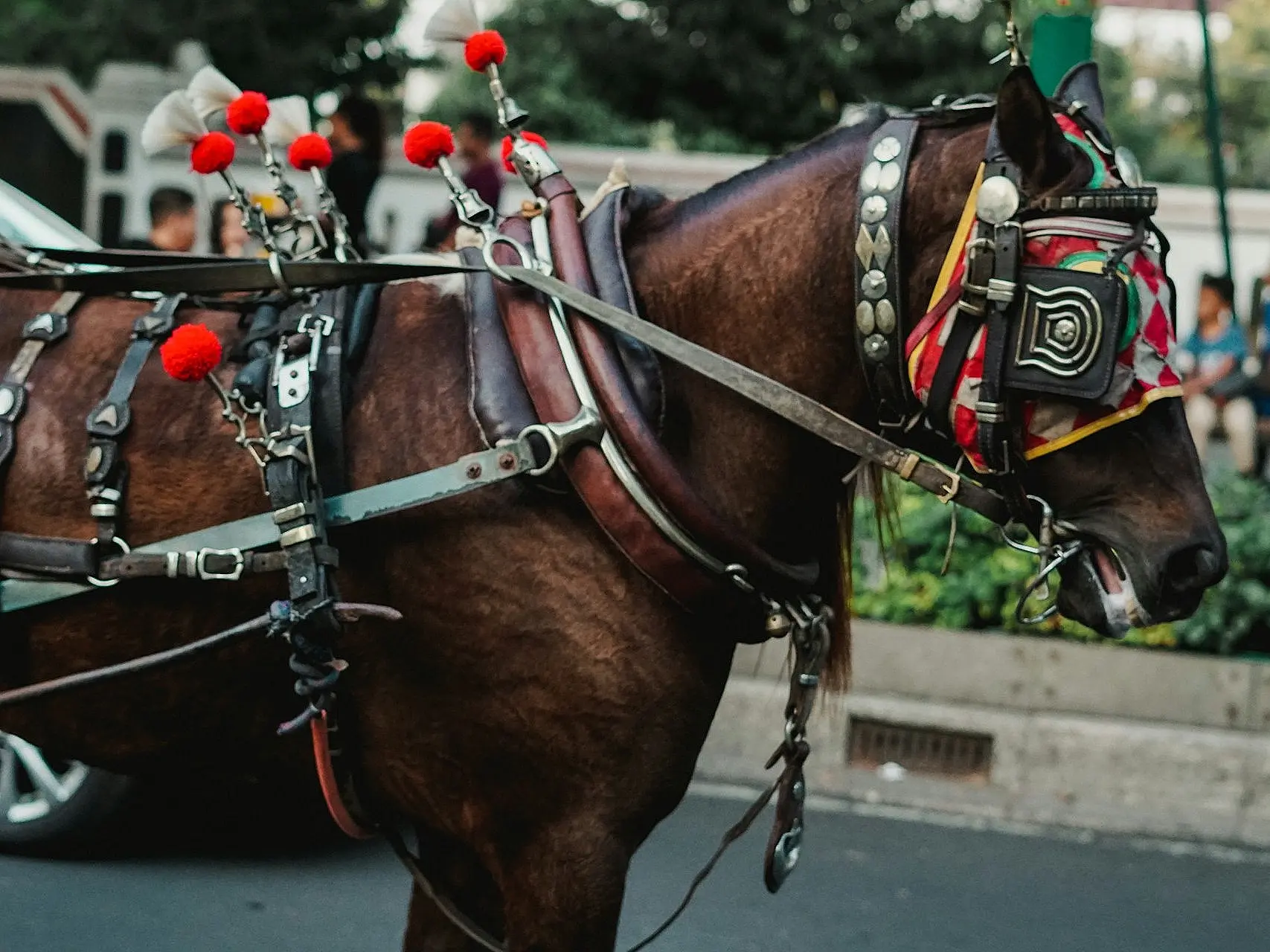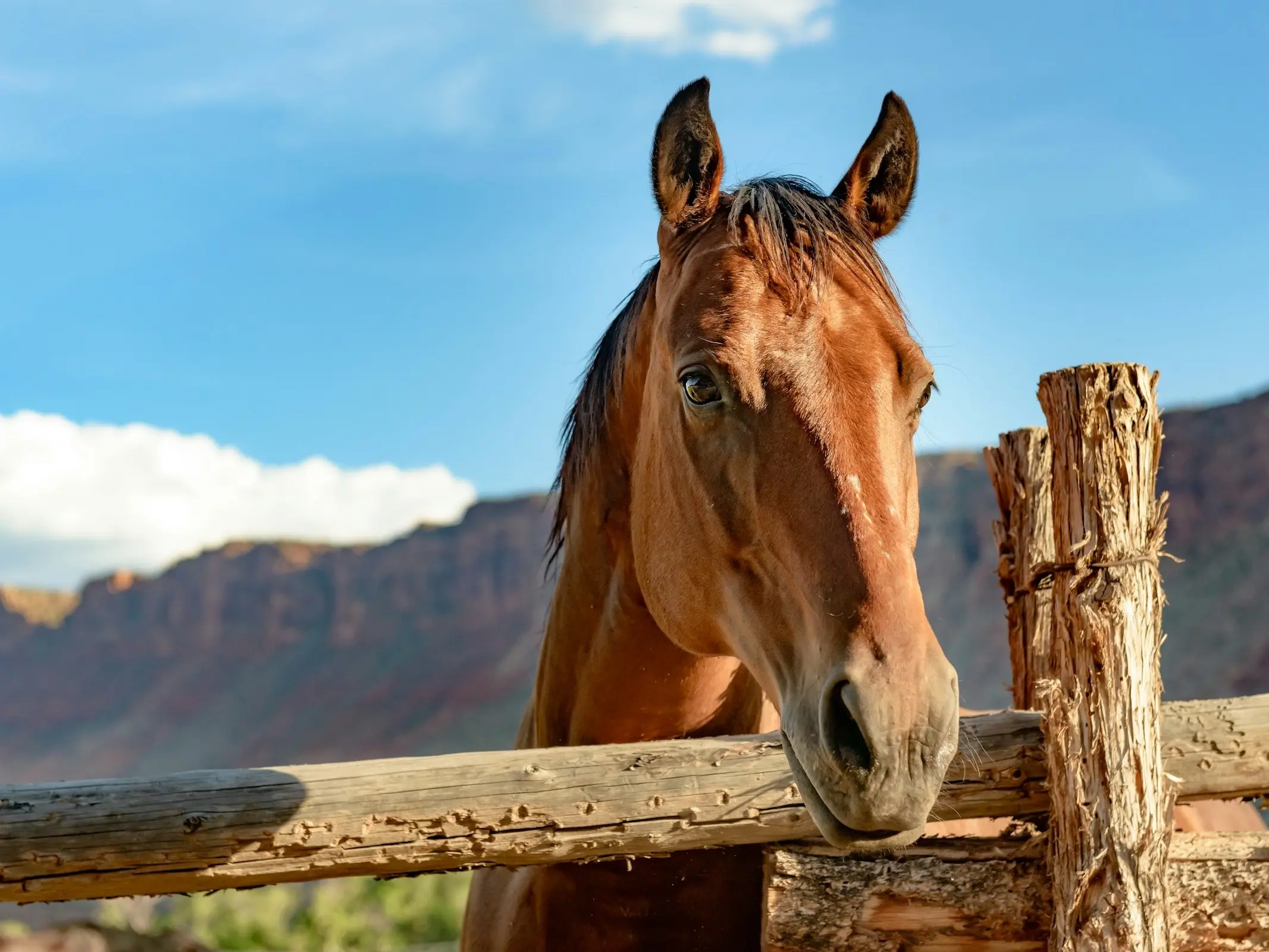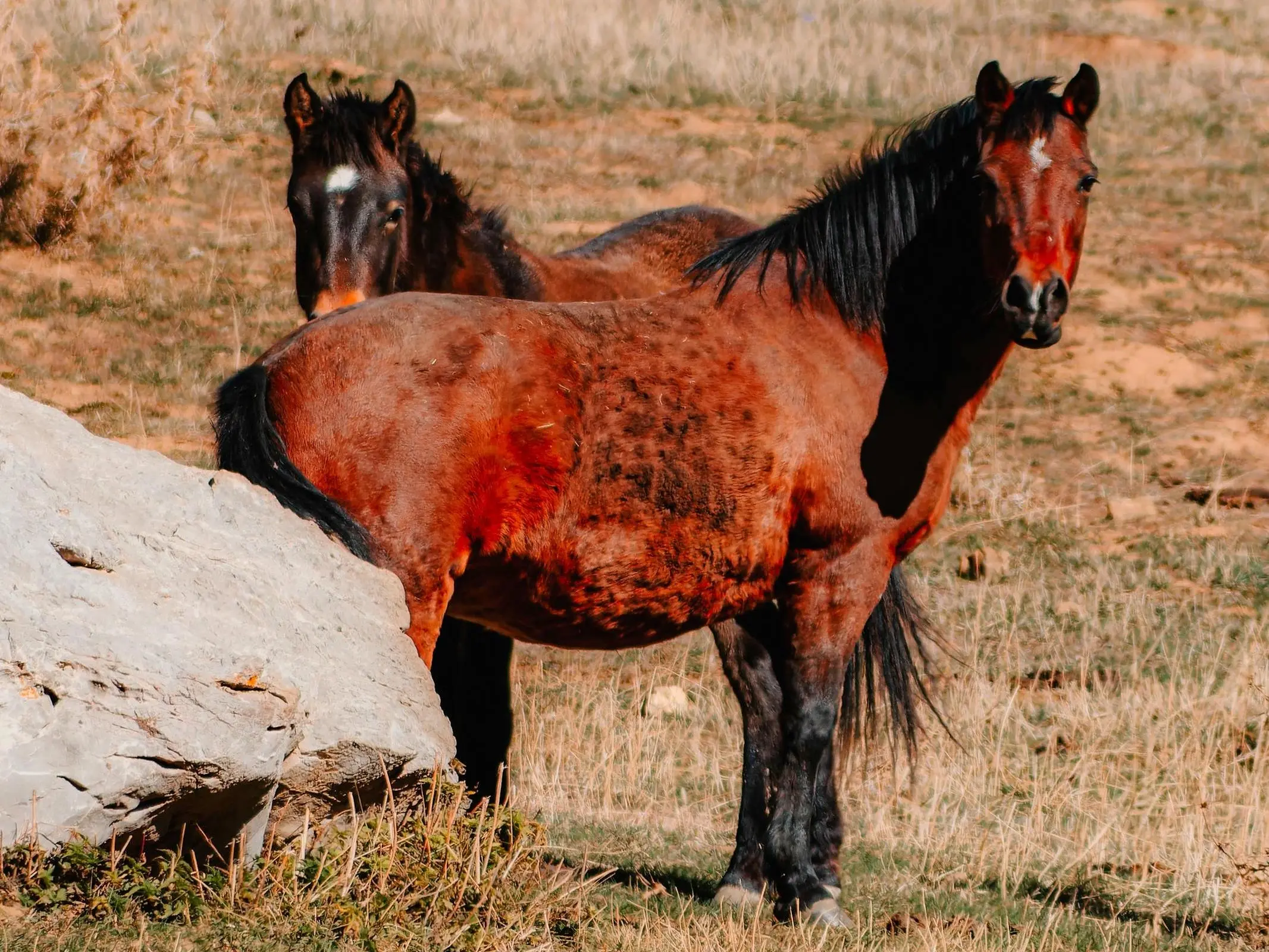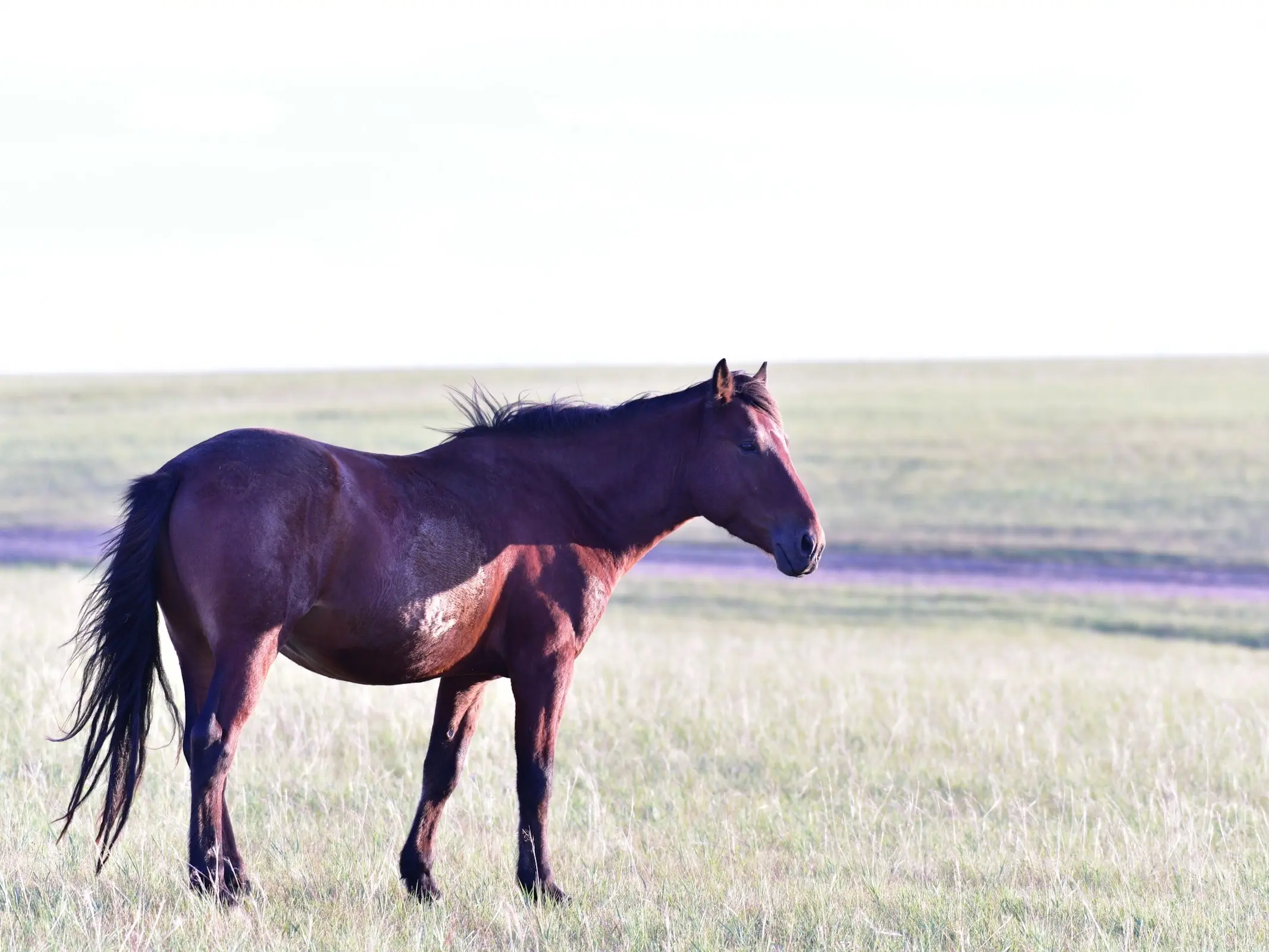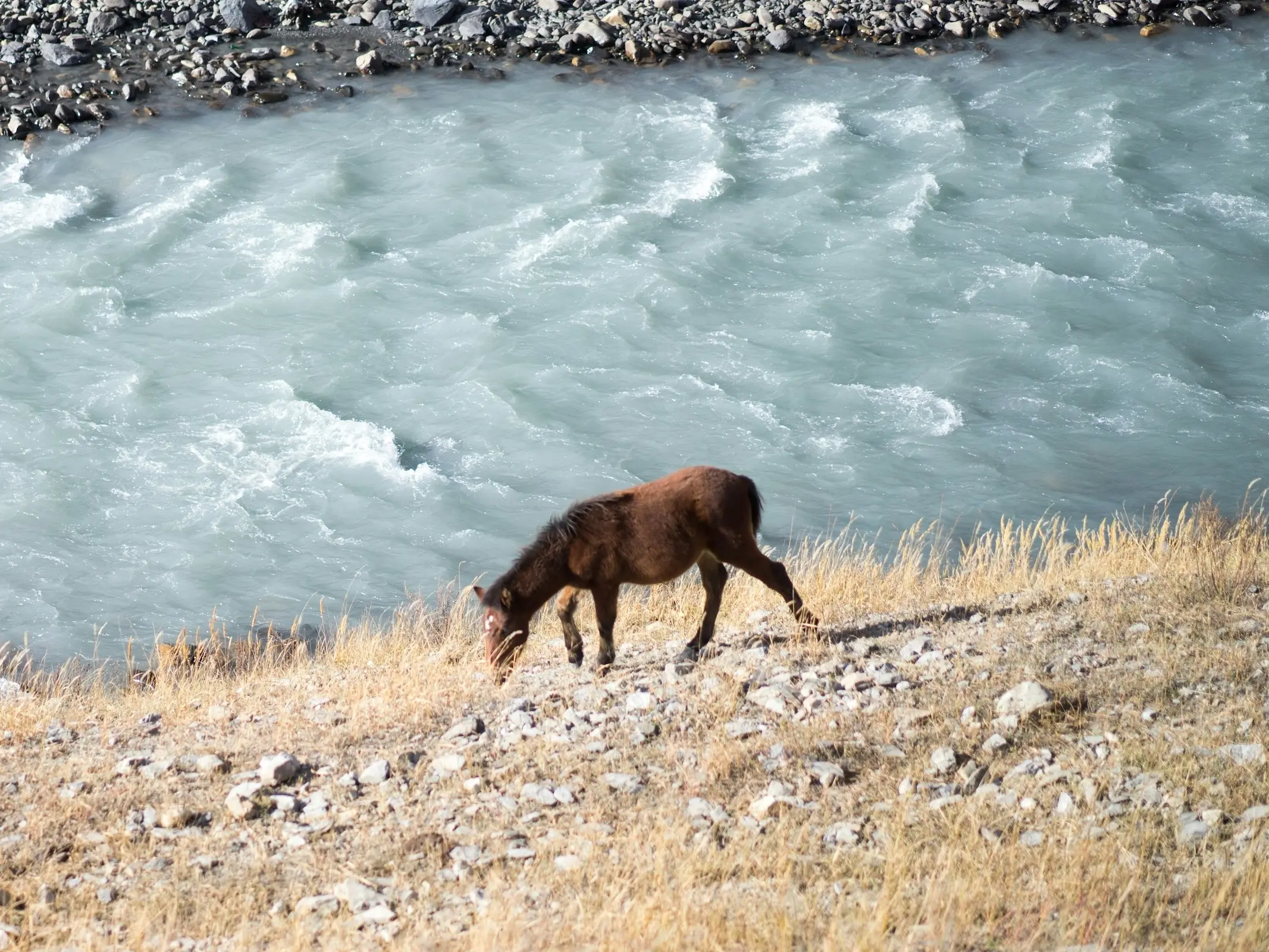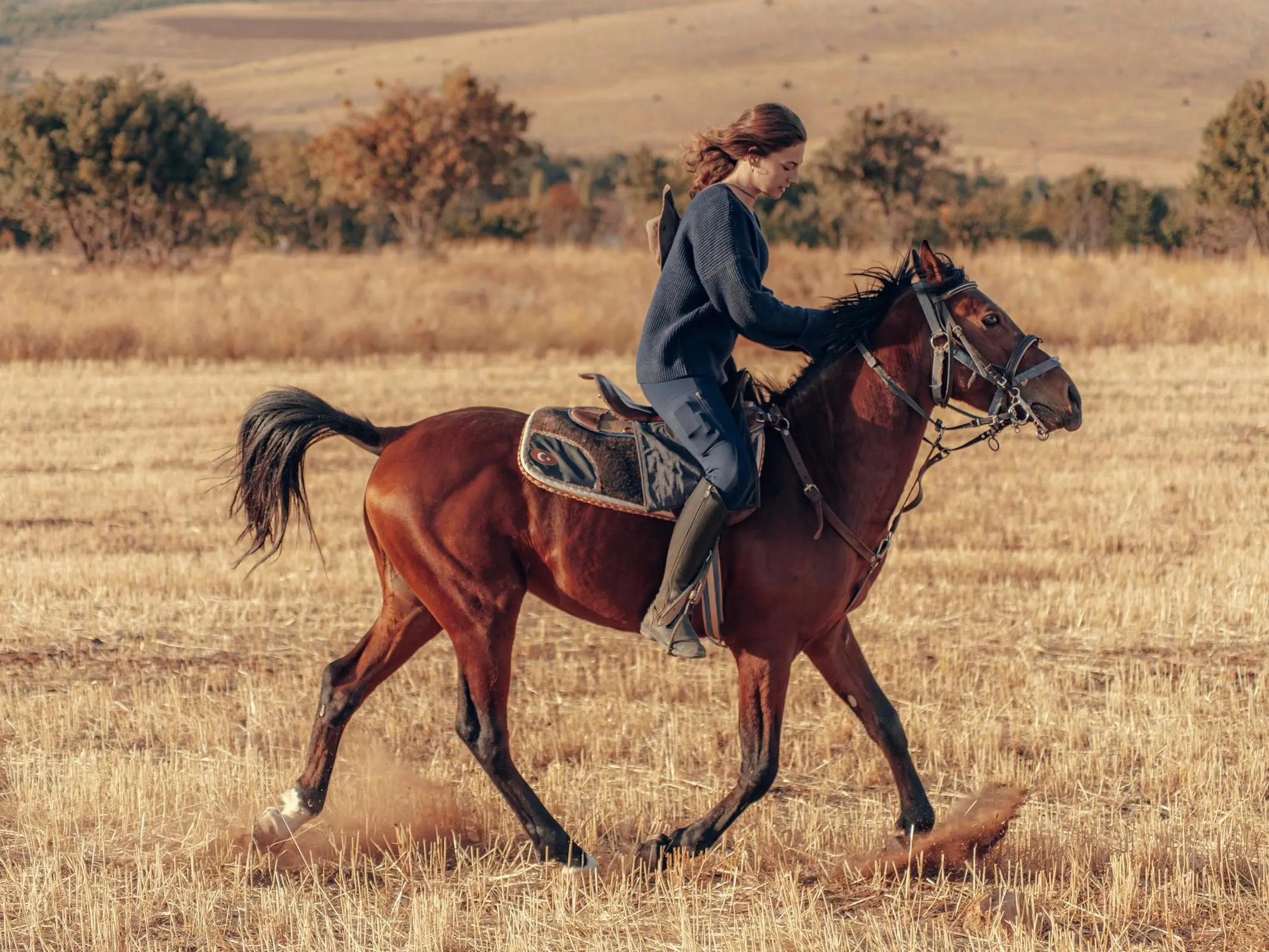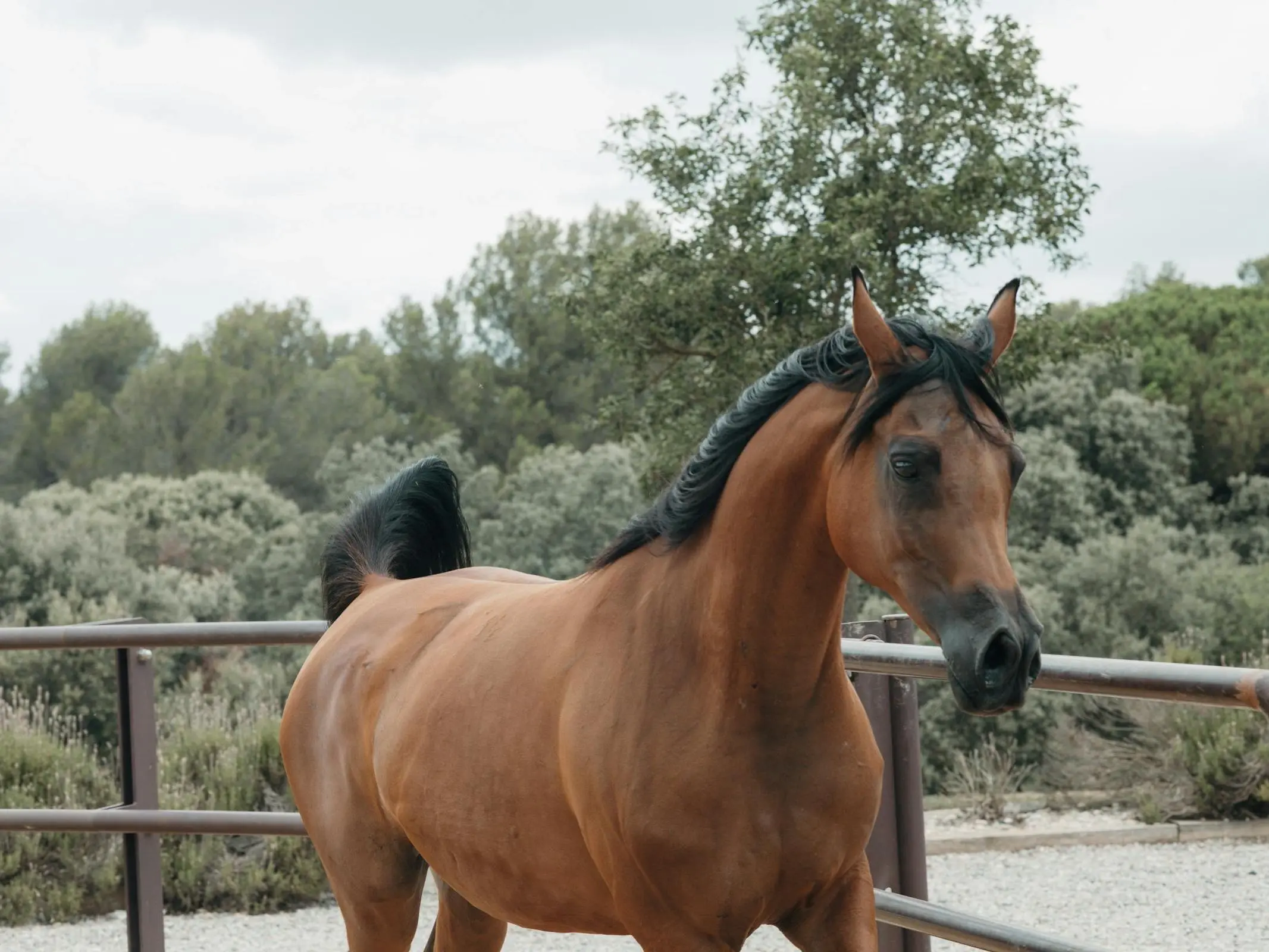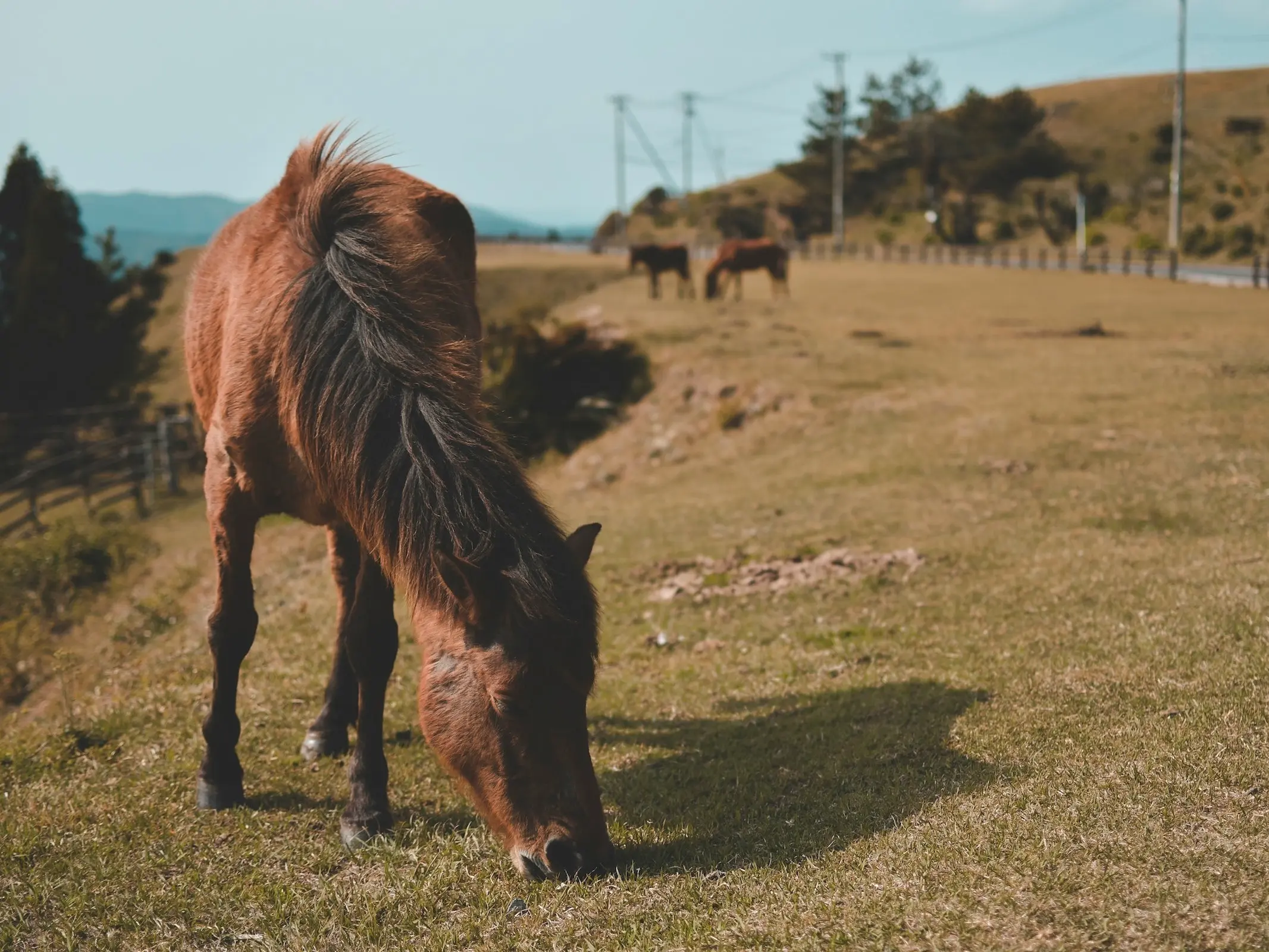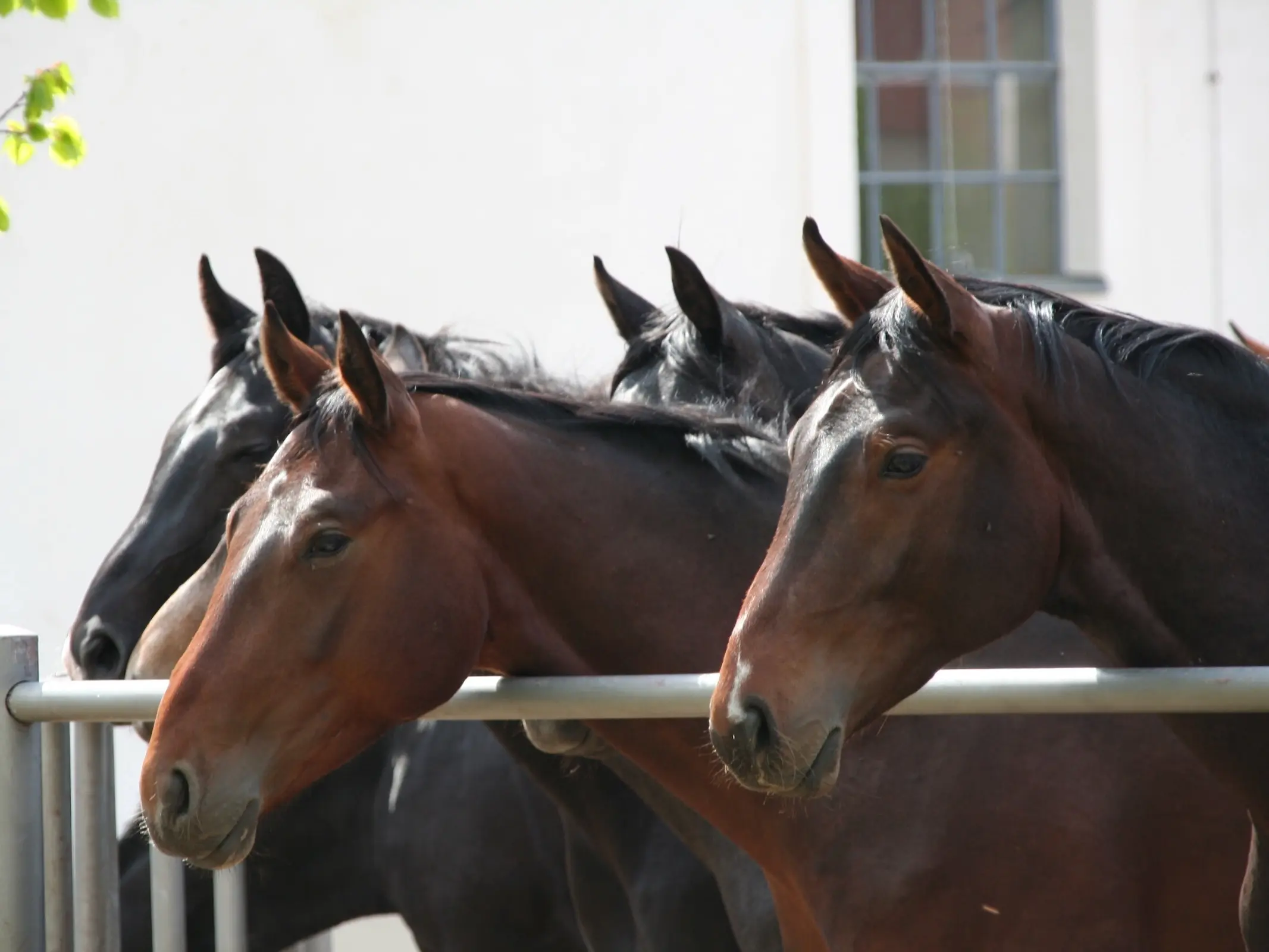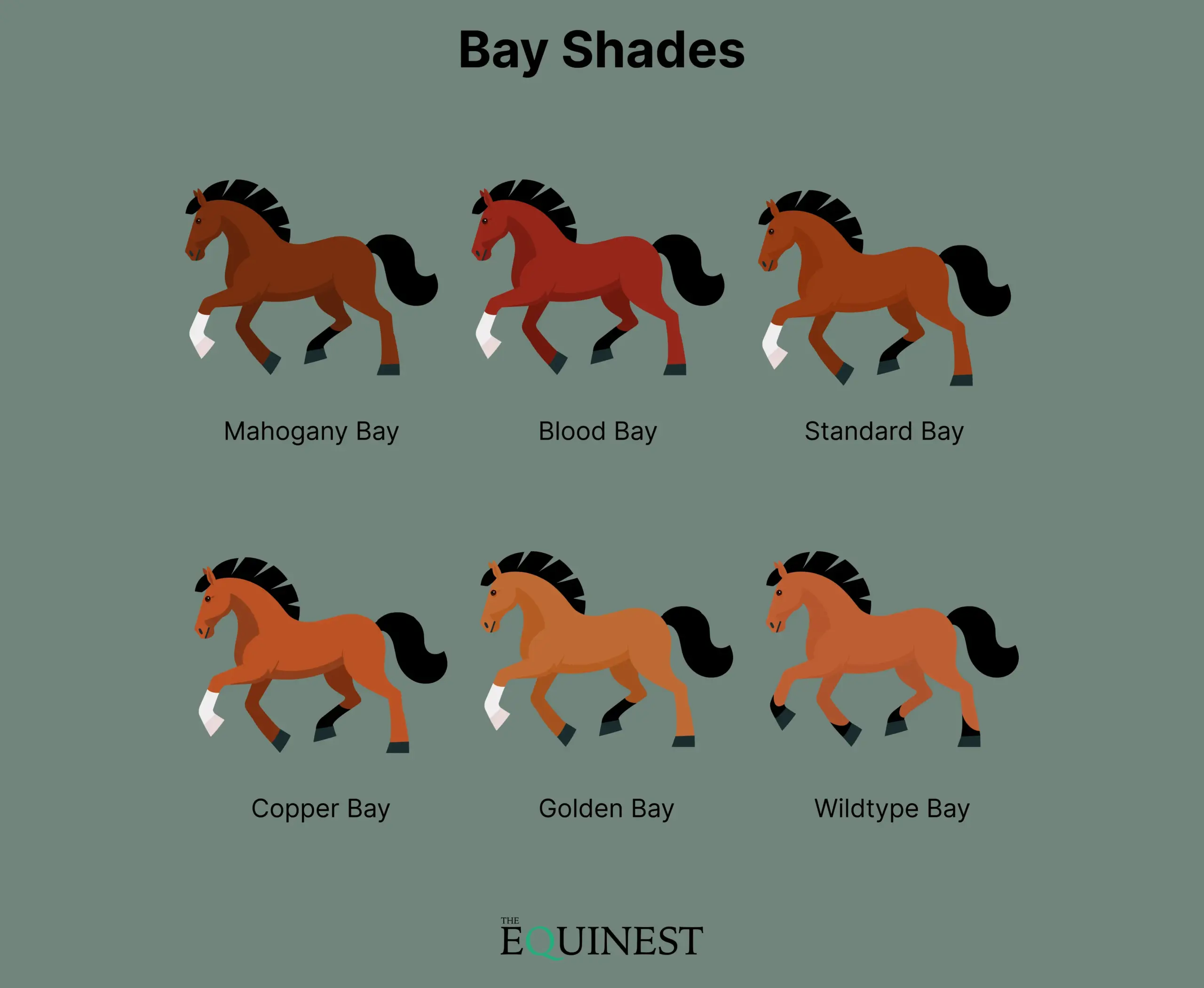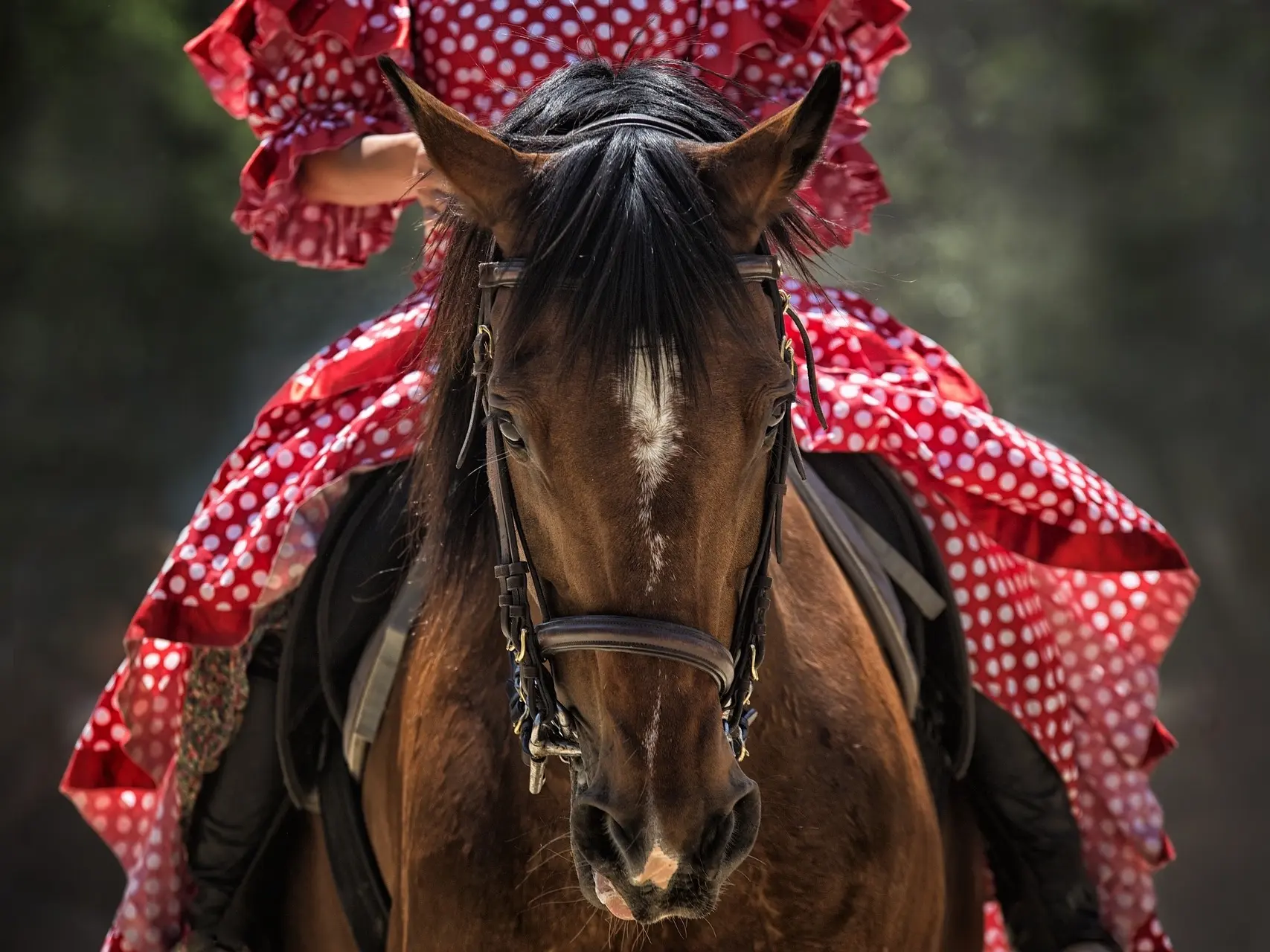
Pretty bay is a common color, but it comes in so many different shades and marking variations that each one seems to have its own unique coloration.
Updated Colors
We’ve been giving our colors section a major overhaul, to make the information more accurate and provide better images. Equine color genetics are incredibly complex and some of it still remains a mystery, even for geneticists. We think that is part of the fun.
Bring on the Bay
In equines the agouti gene controls distribution of black pigment and determines whether an animal will be black, bay or brown. It is a dominant agouti allele that causes bay animals by restricting black pigment to the points (legs, mane and tail). They may also have white markings on their face and legs
The Range
There is a large variety of bay shades and the color is found in most equine breeds. Wildtype bay along with a dun dilution is thought to be an ancestral color for horses. From almost purple-red to a light reddish-tan, bay coats come in many shades. However they will always have a black mane, tail and points. The categories below are loose as they are the same genetically (except wildtype), there is such a range loose categories help to present it.
Bay Breeds
It would take us all day to list all of the breeds that produce bay animals. However there are a number of breeds worldwide that are almost exclusively bay, some that are bred for the color and others that have gone feral or remain in a largely native state. Lending credence to the theory that wildtype could be an ancestral color.
Colorful World
The world of horse colors is truly a spectacular one and we will continue to share updated color (and breed) pages, with all of their spectacular images. We’ve been working on some quick color cheat sheets for all of the horse color lovers out there. Click the image below for a larger version.
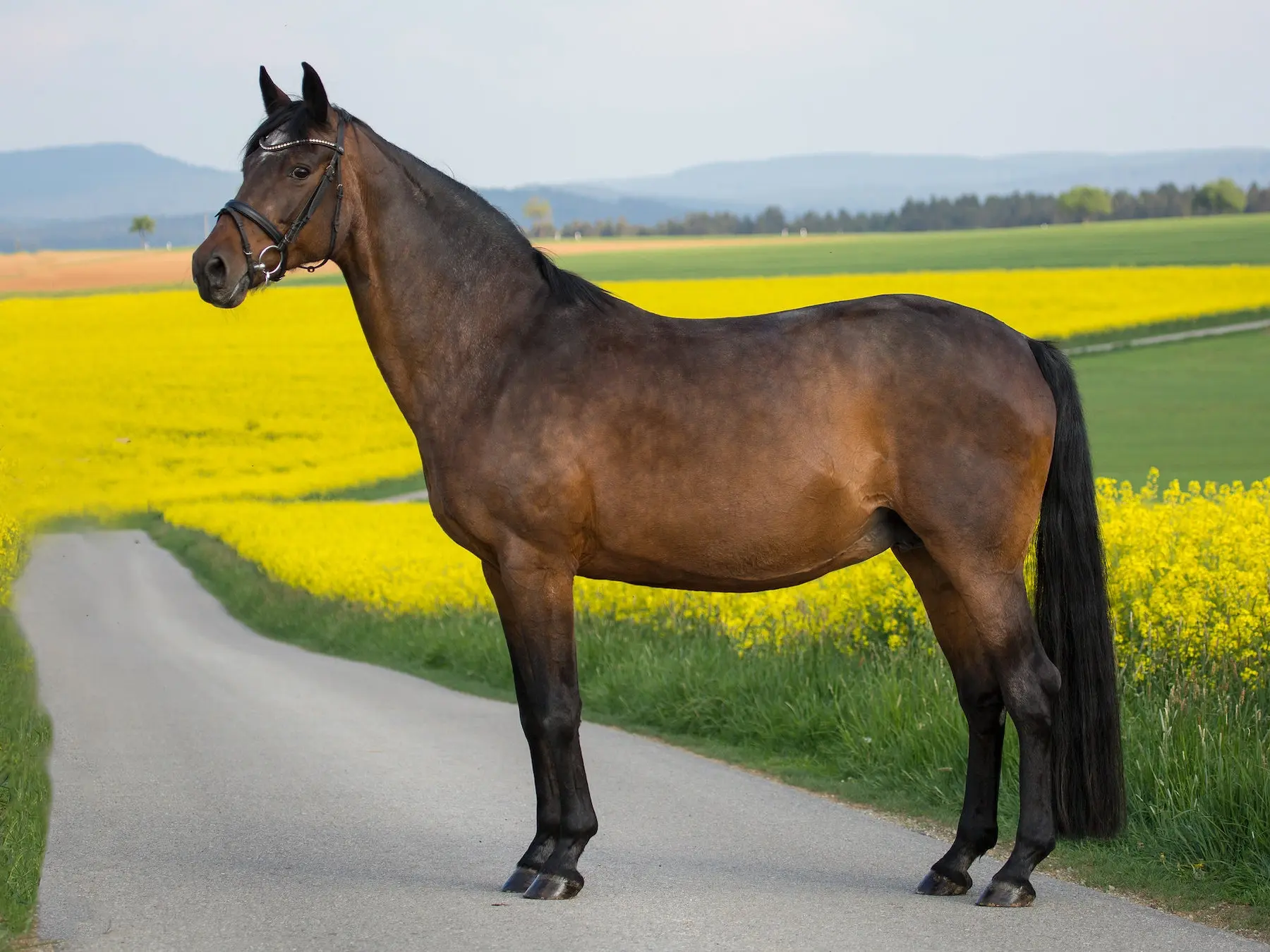 Mahogany Bay
Mahogany Bay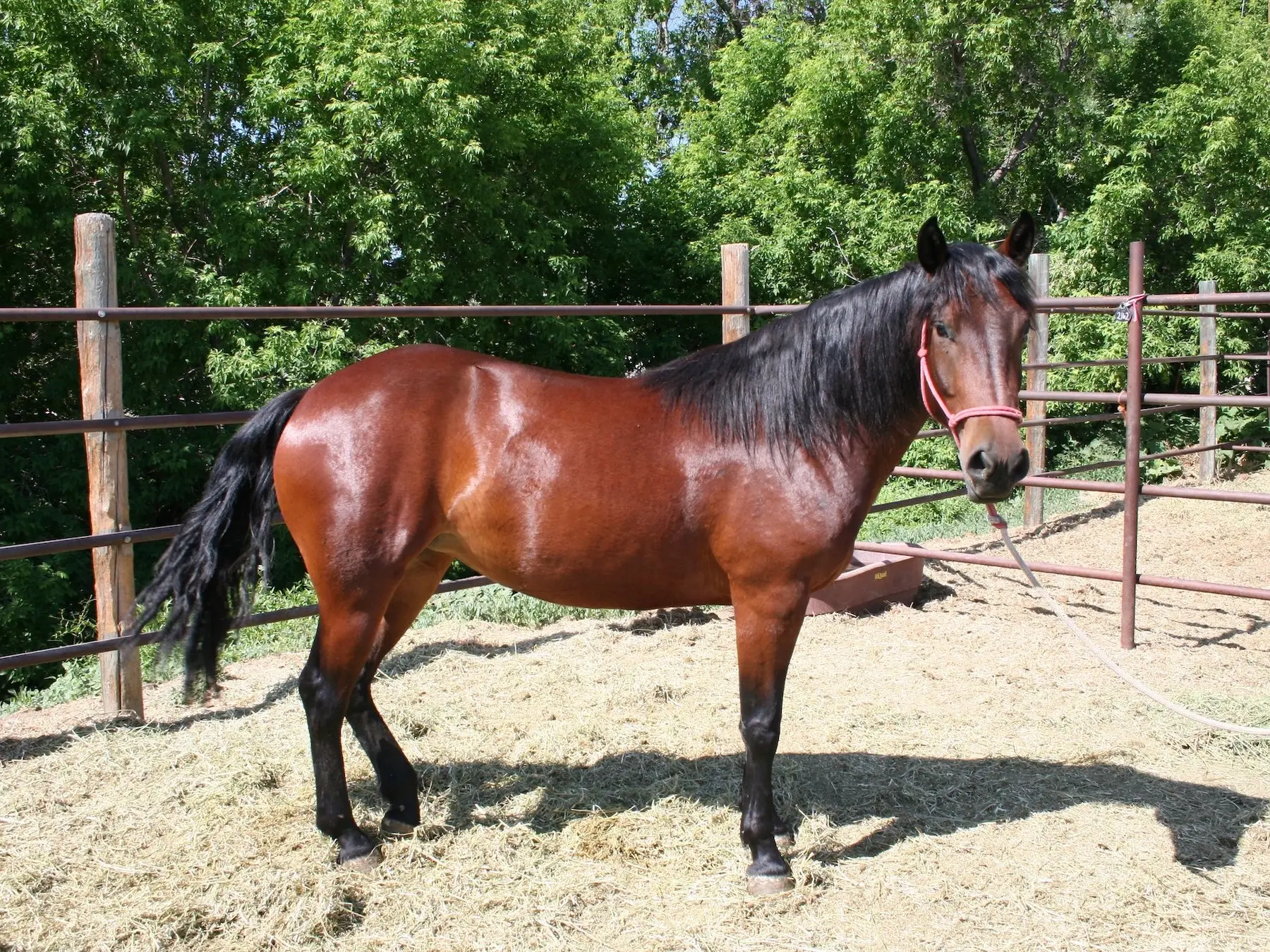 Blood Bay
Blood Bay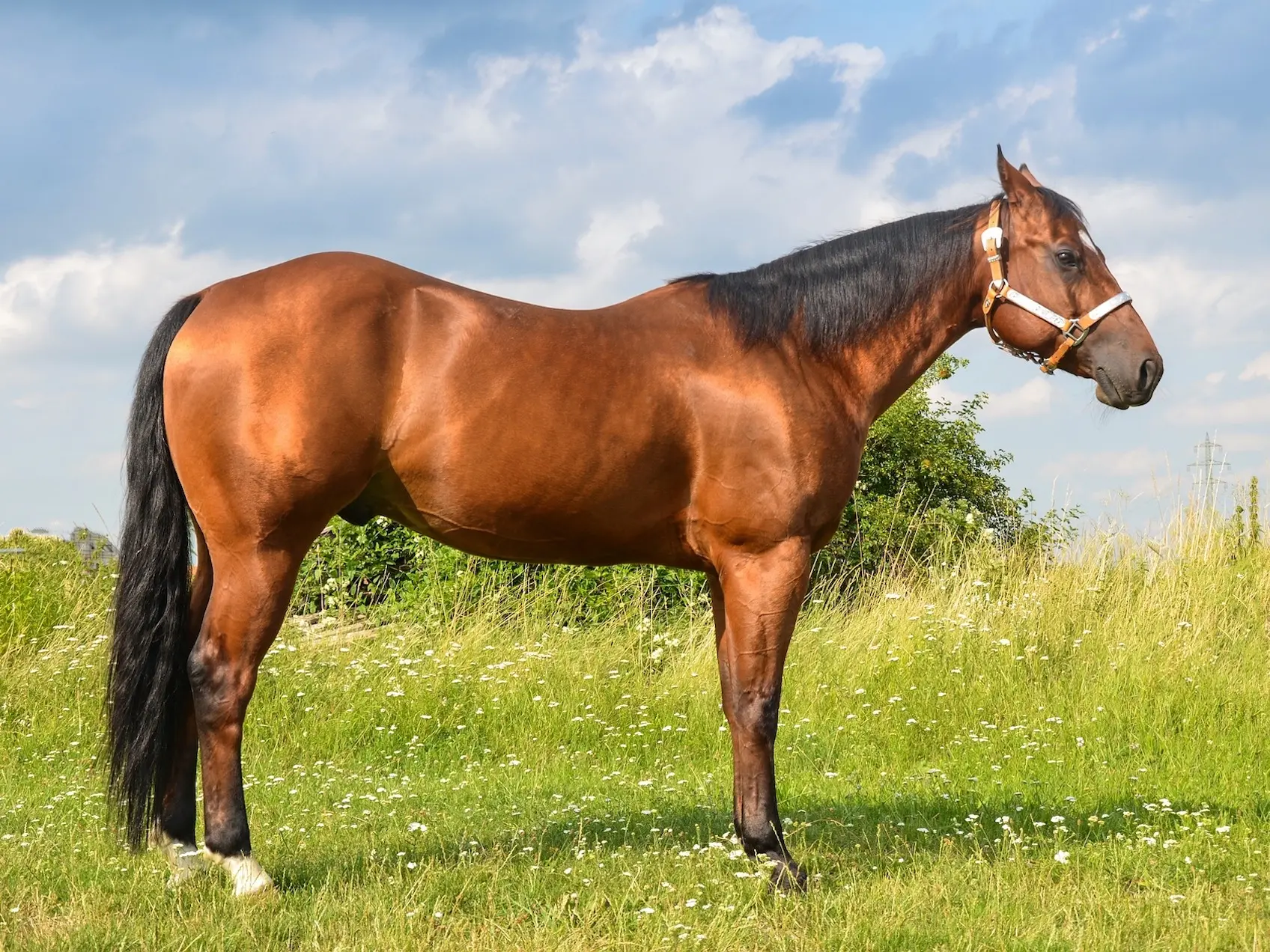 Copper Bay
Copper Bay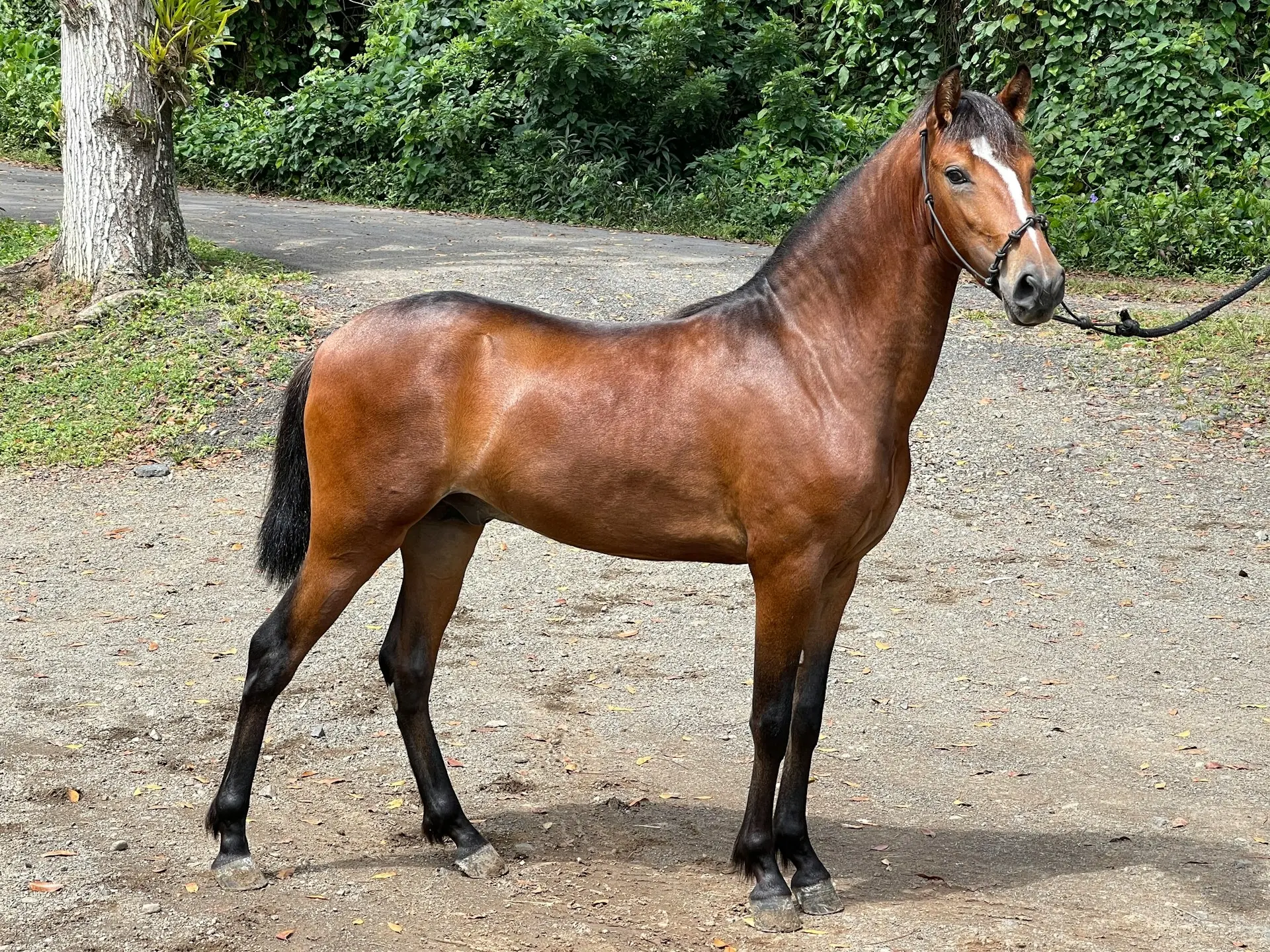 Standard Bay
Standard Bay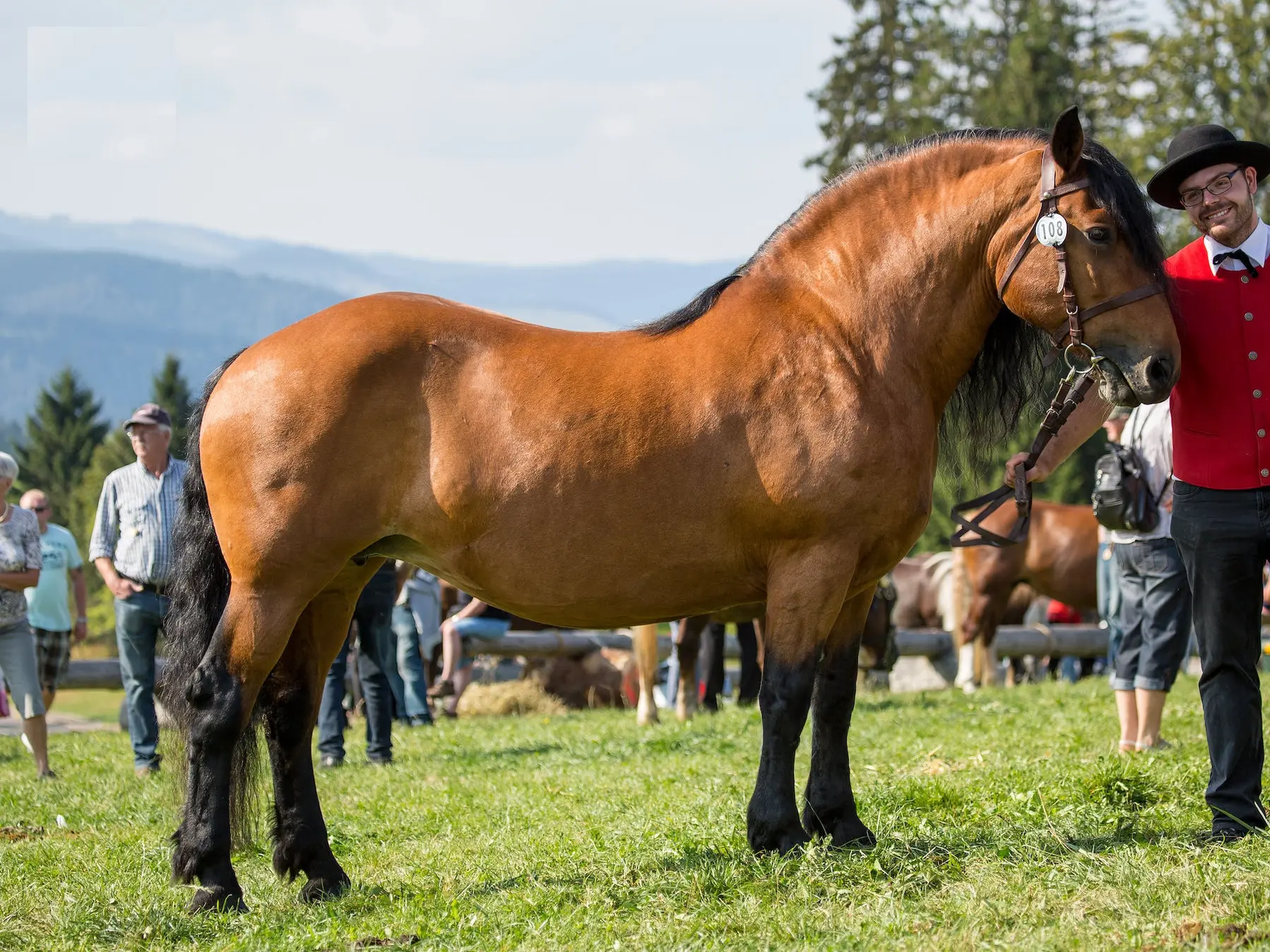 Golden Bay
Golden Bay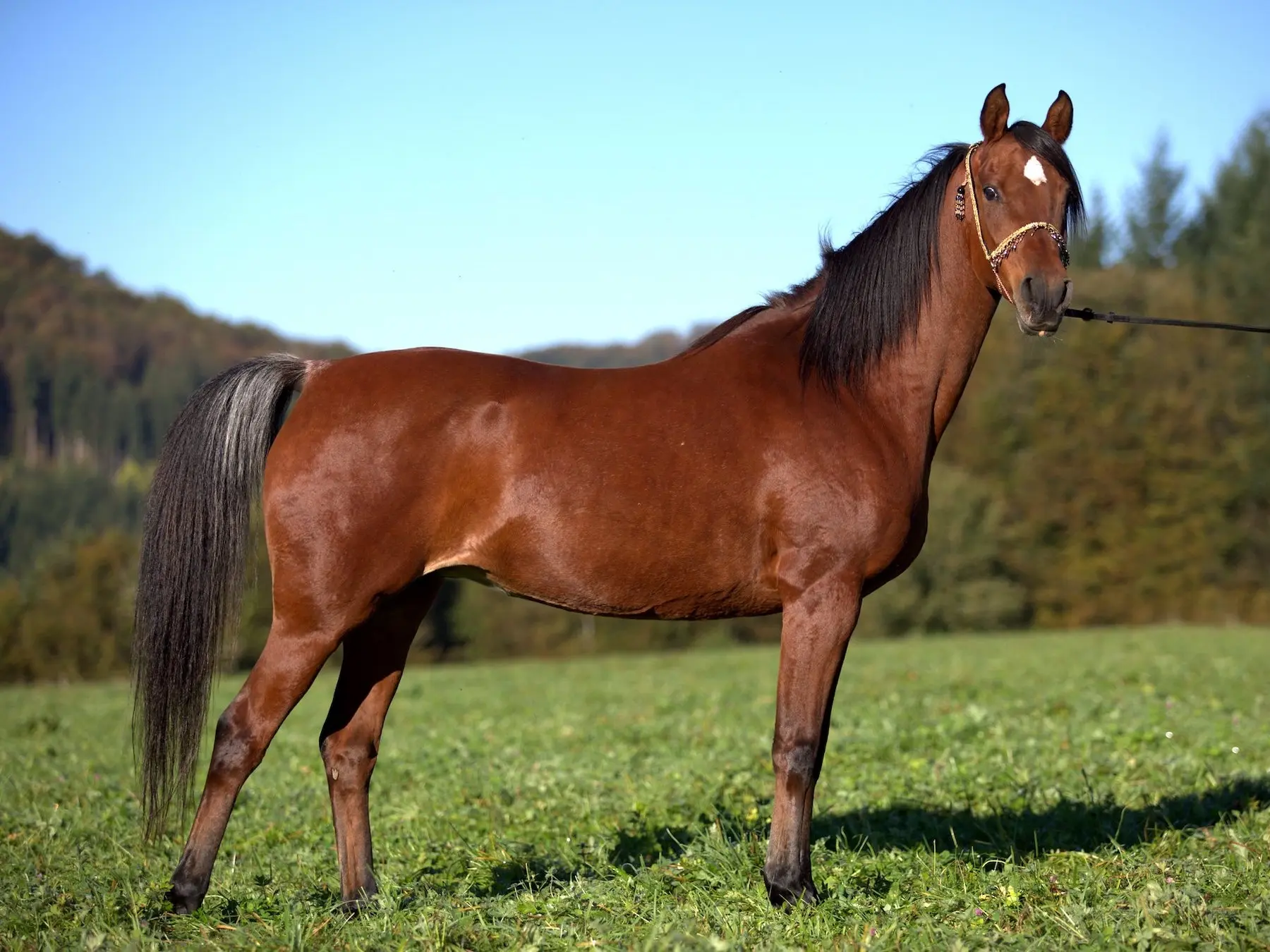 Wildtype Bay
Wildtype Bay